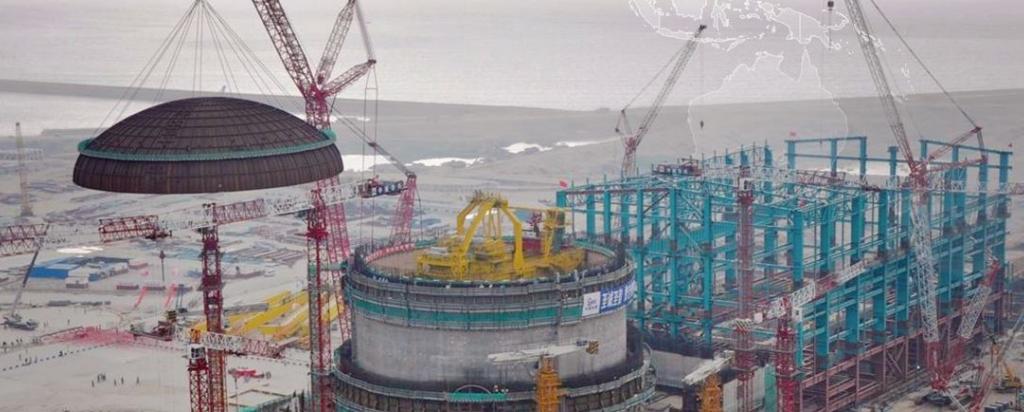

Published on the 31st May 2019 by ANSTO Staff
Please note that this content was current at the time of publishing (May 2019)
ANSTO was invited to participate in the Science at the Shine Dome Symposium – Power Up Australia The Sustainable Way with a presentation on ‘Advanced nuclear reactors’.

Dr Mark Ho, a thermo-hydraulic specialist for the OPAL multipurpose reactor, shared information on developments in nuclear reactor technologies that provide energy.
Although nuclear power generation is prohibited in Australia by legislation, ANSTO has expertise in the nuclear fuel cycle (from the extraction of uranium to waste disposal) and the operation of a state-of-the art 20MW multipurpose research reactor at ANSTO.
Nuclear power was among the sustainable energy topics featured at the symposium that was hosted by the Australian Academy of Science. Other energy sources and storage solutions discussed included solar, hydrogen, advanced batteries and related developments.
Pointing out that ANSTO does not advocate for nuclear power, Ho explained that it is ANSTO’s role to advise the Australian Government on all matters related to nuclear, including maintaining relationships with the International Atomic Energy Agency (IAEA) and undertaking research into the nuclear fuel cycle.
“Although the subject is controversial in Australia, many countries are choosing nuclear or including it in their energy mix because of zero carbon emissions, its capacity to maintain constant baseload power and minimal land use requirements,” said Ho.
“Typically to produce 26 terawatt hours a year of electricity, a wind farm would use 1,010 square kilometres, solar would occupy 607 square kilometres and a nuclear reactor about 6.5 square kilometres.”
“The energy potential of nuclear power is related to the power density of uranium,” said Ho.
One 7 gram uranium dioxide pellet holds the energy equivalent of three barrels of oil or 800 kg of coal.

Today there are 452 operating nuclear reactors in the world, generating 11 per cent of the world’s electricity. The majority of these facilities operate compact pressurised water reactors.
“The most rapid builds are taking place in Asia, especially in China, which is on track to double its nuclear power generation from 27 GW to 54 GW between 2016 and 2020,” said Ho.
“By 2030 China is expected to have 130 GW of nuclear generation capacity, and there are plans for up to 500 gigawatts of nuclear power by 2050 as part of efforts to tackle particle pollution, carbon emissions and climate change.”
“The relatively small amount of spent fuel waste from 30-40 years of operation might be surprising to some,” said Ho.
The nuclear community also has a very good understanding of the radiochemistry of waste and has developed advanced engineering solutions, such as ANSTO Synroc, for the immobilisation of nuclear waste.
Ho also highlighted the evolution of nuclear reactors from the early Generation I designs of the 1950s through the 1970s, to Generation III and III+ operated today to the advanced Generation IV reactors in development.
Small modular reactors, which may be deployed next, can adjust power output as demand fluctuates and work in tandem with intermittent renewable sources.
Ho briefly explained the new generation of reactor designs, classified as Generation IV reactors , which are under development.
Sodium cooled, molten salt cooled and high temperature gas cooled reactors hold the potential to provide efficient electricity and produce hydrogen.
“The advanced operating characteristics, fuel efficiency, safety aspects, proliferation-resistance, reduced waste, and in some cases, fuel recycling features have made them of interest to many nations,” said Ho.
ANSTO represents Australia on the Generation IV International Forum, a cooperative international endeavour dedicated to the development of advanced reactor technologies.
“There are even potential applications for lunar and planetary bases or portable deployment to areas affected by a catastrophe.”
“We expect some of these advanced reactors to come online in the next decade.”